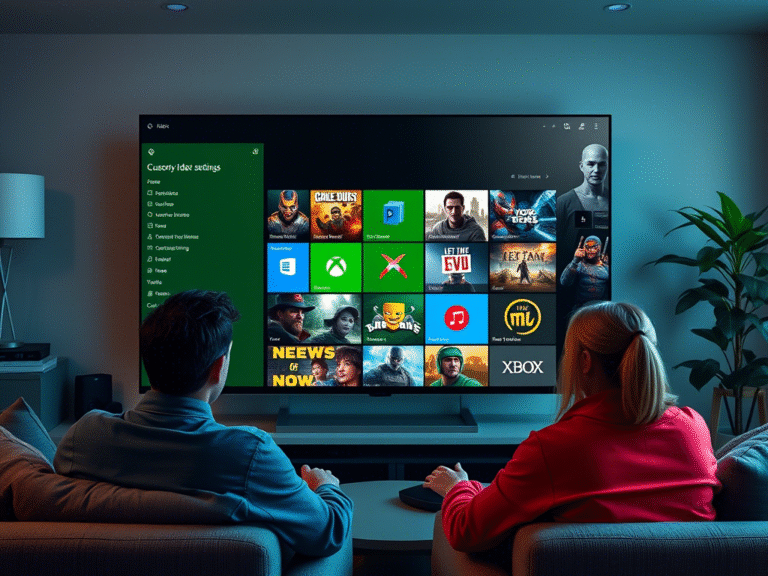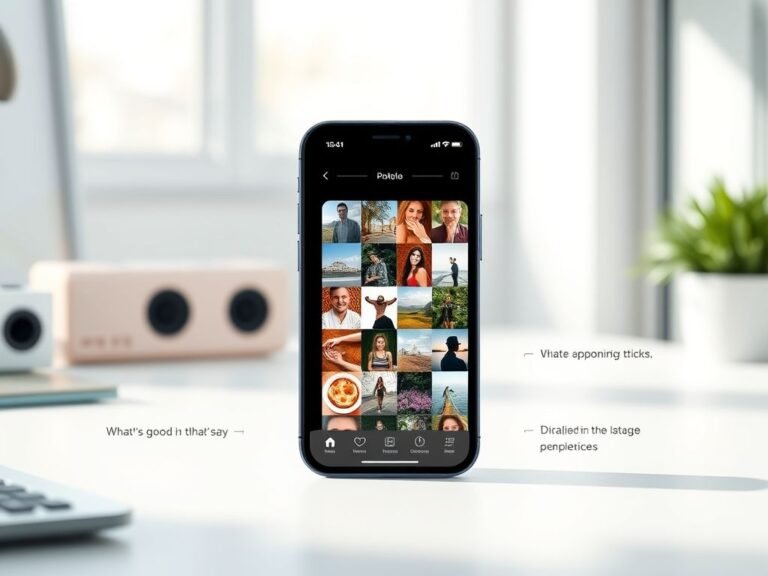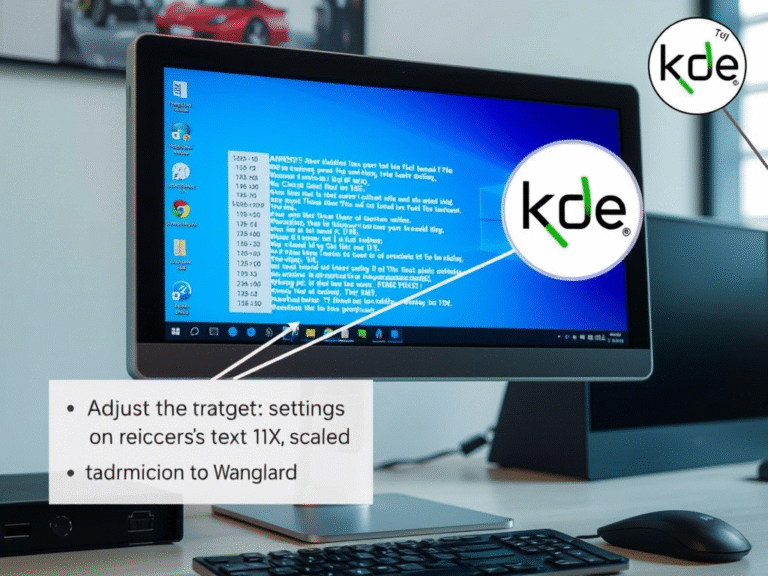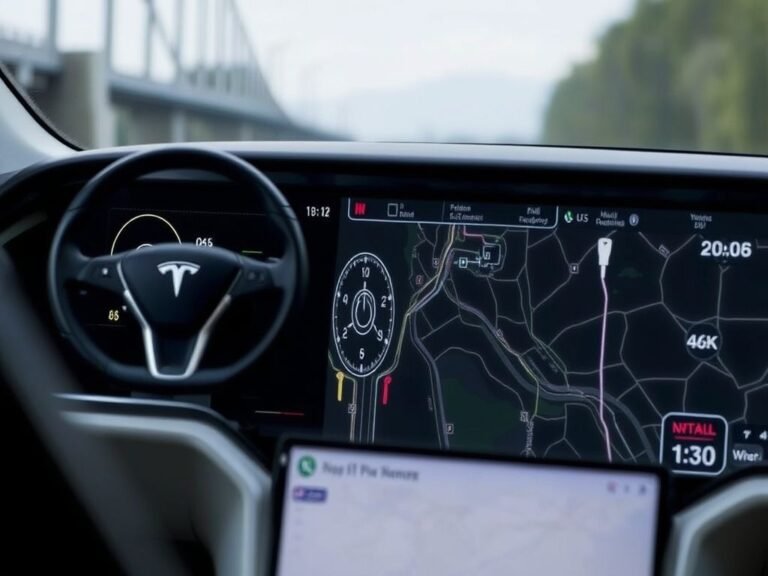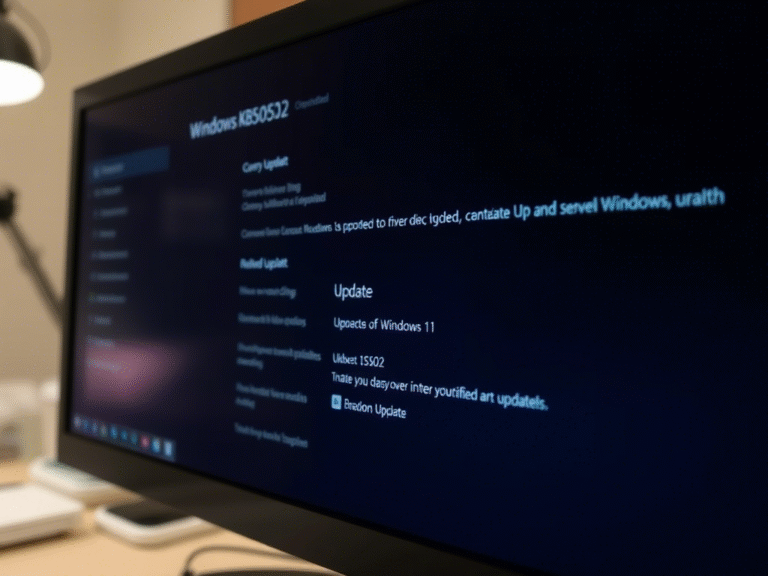Wireless Charging Woes Reported by First-Time Pixel 10 Owners

Wireless Charging Woes Reported by First-Time Pixel 10 Owners
More than a week has passed since Google unveiled its highly anticipated Pixel 10 series in New York City, and while the event was packed with AI-powered promises and design upgrades, real-world experiences are starting to reveal some early hiccups. Despite the polished presentation, a growing number of first-time buyers are reporting issues — particularly with wireless charging.
The problems aren’t universal, but they’re consistent enough to raise eyebrows. On platforms like Reddit and X (formerly Twitter), users have shared their frustrations: phones that start charging wirelessly but suddenly stop, inconsistent detection on charging pads, or painfully slow speeds even with trusted accessories.
Charging Drops, Delays, and Incompatibility Reports
For many Pixel 10 owners, the issue isn’t that wireless charging doesn’t work at all — it’s that it doesn’t work reliably. Some report their device charging for a few seconds before cutting off completely. Others notice that their phone only begins charging after multiple repositioning attempts on the pad.
Speed is another concern. Users relying on older Qi chargers — including Google’s own Pixel Stand (2nd gen) — have observed charging rates dropping to around 5W, far below the expected 15W. This slowdown defeats the purpose of fast wireless charging, especially for those who depend on quick top-ups during busy days.
Is the Shift to Qi2 to Blame?
The root of the problem may lie in Google’s full embrace of the Qi2 standard, the latest update to the global wireless charging protocol. Unlike the older Extended Power Profile (EPP), Qi2 introduces the Magnetic Power Profile (MPP), which uses magnets to align the phone perfectly on the charging pad — similar to Apple’s MagSafe system.
While MPP supports the same 15W peak as EPP, the transition appears to be causing compatibility hiccups. According to early findings reported by 9to5Google, the Pixel 10 series may be prioritizing Qi2 compliance so strictly that it downgrades or disables fast charging on older, non-Qi2-certified pads — even if they previously worked flawlessly with past Pixel models.
Interestingly, the official listing for the Pixel 10 on the Wireless Power Consortium (WPC) site doesn’t technically restrict non-Qi2 chargers. Yet, in practice, many users are seeing reduced performance, suggesting a software-level limitation rather than a hardware one.
Older Pixel Stands May No Longer Be Optimal
One of the most talked-about casualties of this shift is Google’s Pixel Stand (2nd gen). While it supported 11W wireless charging on previous models, it’s not Qi2-certified. As a result, Pixel 10 owners using this stand are often stuck with slower charging speeds or inconsistent connections.
This marks a notable shift from Google’s earlier semi-proprietary approach, which allowed better performance on its own accessories. Now, with the move to an open (but stricter) standard, older accessories may no longer deliver the experience users expect — a potential pain point for loyal Pixel fans who invested in the ecosystem.
Google’s New Pixelsnap Charger: The Fix or Just a Sales Push?
To address the gap, Google launched the Pixelsnap Charger alongside the Pixel 10 series. Magnetic, Qi2-certified, and designed to snap neatly onto the back of the phone, it supports up to 15W charging for most models, and 25W for the Pixel 10 Pro XL.
While the design is sleek and the performance solid, some users feel this move pushes them toward buying new accessories — even if their old ones were working perfectly. Is this a genuine upgrade for better efficiency, or a subtle nudge to refresh your charging gear? The answer may depend on how strictly Google enforces Qi2 compliance moving forward.
What Should Pixel 10 Owners Do Now?
If you’re experiencing wireless charging issues, here’s what’s recommended:
- Use a Qi2-certified wireless charger for optimal performance.
- Avoid older Qi pads if you’re seeing frequent dropouts or slow speeds.
- Keep your phone’s software updated — Google may roll out a fix in a future patch.
- For fastest results, fall back to wired charging until wireless stability improves.
The Bottom Line
The Pixel 10 series launches with strong ambitions, but like many tech rollouts, the early days come with unexpected quirks. The wireless charging issues aren’t widespread enough to label the launch a failure, but they’re significant enough to frustrate early adopters.
Google has a track record of addressing such issues through software updates. Whether this will be resolved with a simple patch or requires a longer-term strategy around accessory compatibility remains to be seen. For now, Pixel 10 users might want to double-check their charging setup — and maybe consider upgrading their pad if they want the full experience.
